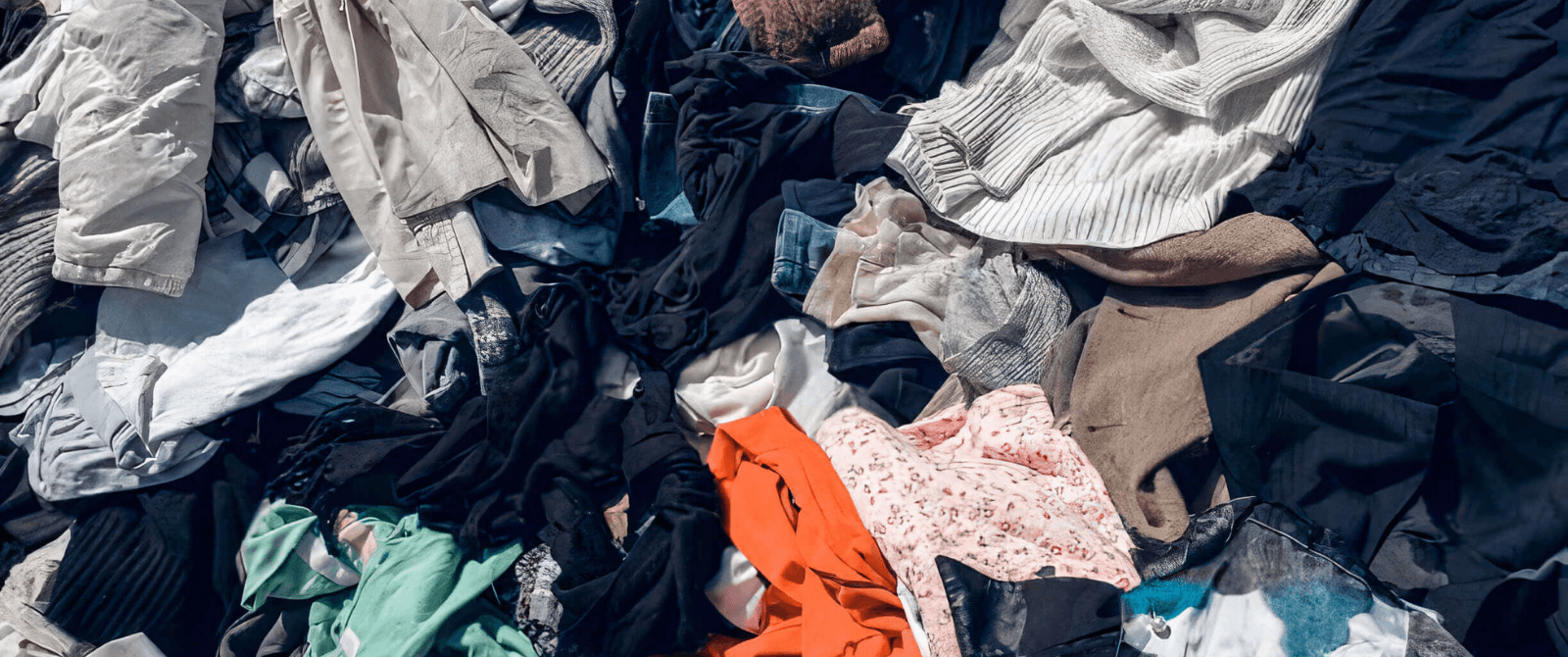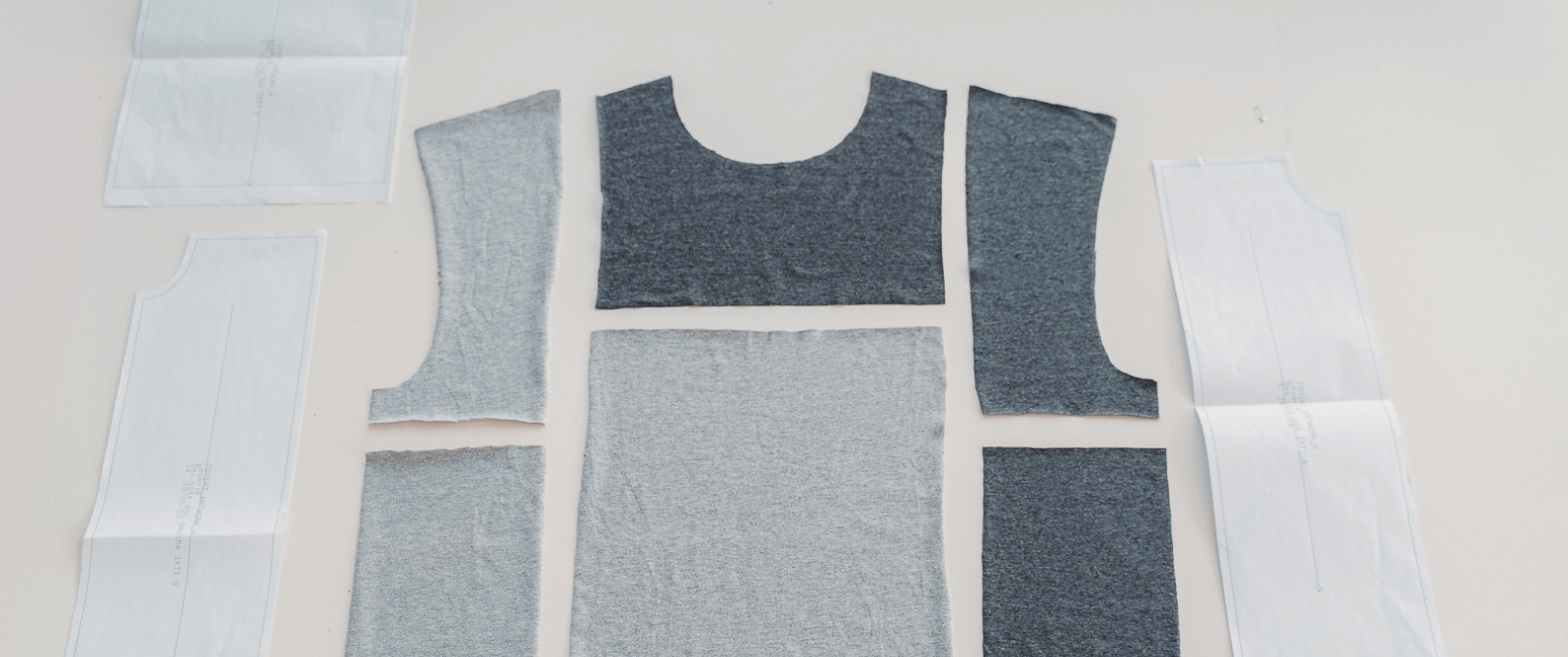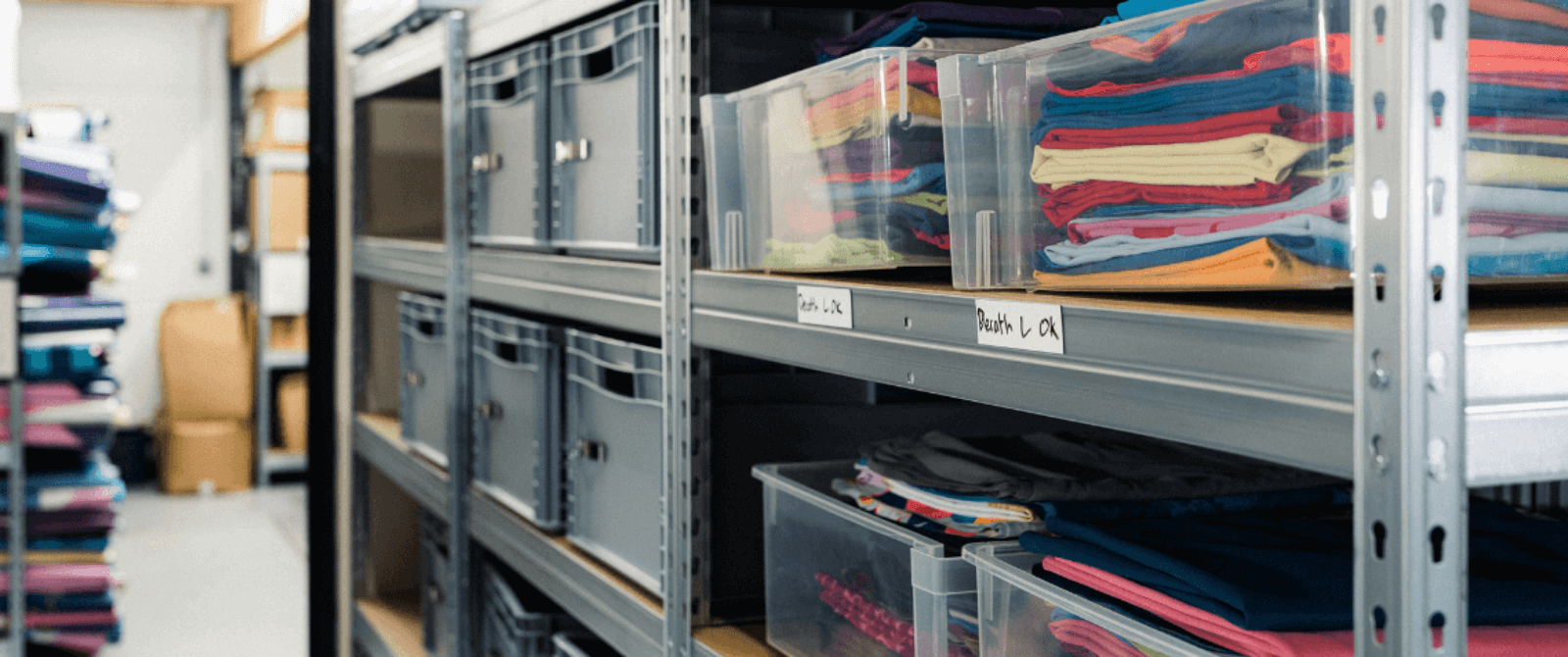Saturated textile sorting: why we need to change the model now
Faced with the saturation of textile sorting, it is becoming urgent to rethink the upstream model, integrating solutions such as industrial upcycling.

your
textile products with us?
40% of the clothes collected are no longer sold.
This figure reveals the structural saturation of the textile sorting sector, which is currently under pressure at all levels: unmanageable volumes, limited outlets, unstable financing.
For several months now, warning signs have been multiplying, calling into question a linear model of production and consumption that has become unsustainable. This article looks at the causes of this saturation, its consequences for industry players, and the alternatives emerging upstream in the value chain, such as industrial upcycling.
A textile sorting industry on the verge of suffocation
Unmanageable volumes
Every year, over 800,000 tonnes of textiles are put on the market in France (source: ADEME). A significant proportion of this is collected by sorting operators. But given the explosion in quantities - linked in particular to fast fashion - the sector is struggling to keep up.
The declining quality of clothing is making it increasingly difficult to sort, resell or transform.
Financing under pressure
In 2025, several structures temporarily suspended their activities:
- Emmaüs 63, in the Puy-de-Dôme region, has put its collections on hold to cope with saturated stocks.
- Le Relais, a long-standing player, has interrupted a large part of its rounds, citing a disagreement with Refashion, the eco-organization in charge of managing the EPR (Extended Producer Responsibility) textile sector.
The financing of sorting is based on a fragile balance, and growing volumes are not offset by a proportional increase in support.

Opportunities on the verge of closing
Historically, a large proportion of the textiles collected were exported to African and Asian countries. But more and more local governments are denouncing environmental dumping and closing their borders to these massive flows.
Local resale, meanwhile, can only absorb a fraction of the waste collected. As a result, sorting centers are overwhelmed by mountains of clothing with no viable way out.
The linear model reaches its limits
For a long time, the system was based on a simple logic: produce → consume → collect → sort → recycle (or dispose of). But today, this chain has seized up.
Downstream solutions (sorting, recycling, export) are no longer sufficient to absorb the mass produced.
To break the deadlock, we need toact upstream, by incorporating end-of-life considerations into product design right from the start.
Industrial upcycling: an upstream alternative
L'upcycling consists in transforming an existing product or material into an object of greater value, without going through a process of destructuring the fiber. Applied on an industrial scale, it can meet several key challenges:
- Reducing waste: acting before textiles become waste
- Creating local value: without relying on export markets
- Optimizing the use of resources: avoiding the manufacture of virgin materials
- Reducing emissions: by minimizing heavy industrial steps
Upcycling is not a substitute for recycling or sorting, but a strategic complement, particularly for products in good condition, unsold or obsolete items.

Building a systemic response
The transformation of the textile model can only be achieved collectively. Several levers need to be activated:
- For producers, by limiting volumes brought to market and integrating circular solutions
- At distributor level, by promoting responsible take-back and second-life channels
- Within sorting facilities, by diversifying outlets
- Thanks to a clear regulatory framework that supports the structuring of local, circular and innovative solutions
An industrial upcycling approach
Some companies are beginning to offer industrializable upstream recycling models.
This is the case of Losanjewhich works in partnership with sorting centers to transform unsold, discontinued or obsolete garments into new products using advanced textile cutting technology. This solution, still in its infancy, shows that another path is possible: producing from what already exists rather than accumulating waste.
Conclusion
The current saturation of the textile sorting chain should not be seen as an anomaly, but as a strong signal. The linear model has reached its limits.
To avoid sorting becoming the breaking point in the textile chain, it is urgent toact upstream, by diversifying recycling solutions, reducing production, and integrating new industrial practices such as upcycling.
Only by collectively rethinking our relationship with textiles will we be able to build a more sober, more resilient industry, adapted to the environmental challenges of the century.
Ideas, materials,
a project? We'd love to hear from you.
At Losanje, we can help you create responsible textile products, whether you have materials to recycle or not.
You might like
...




